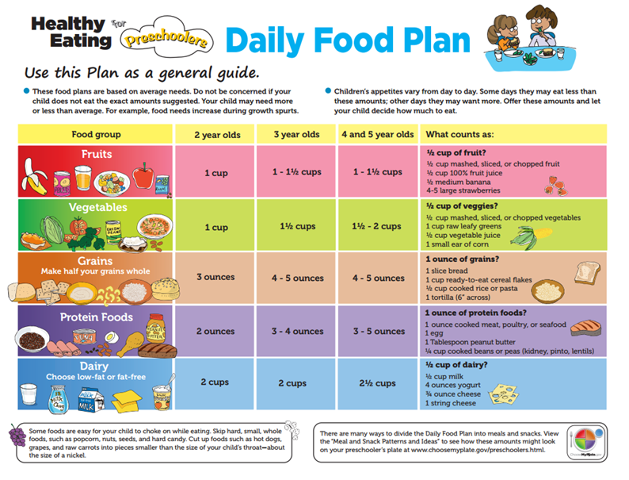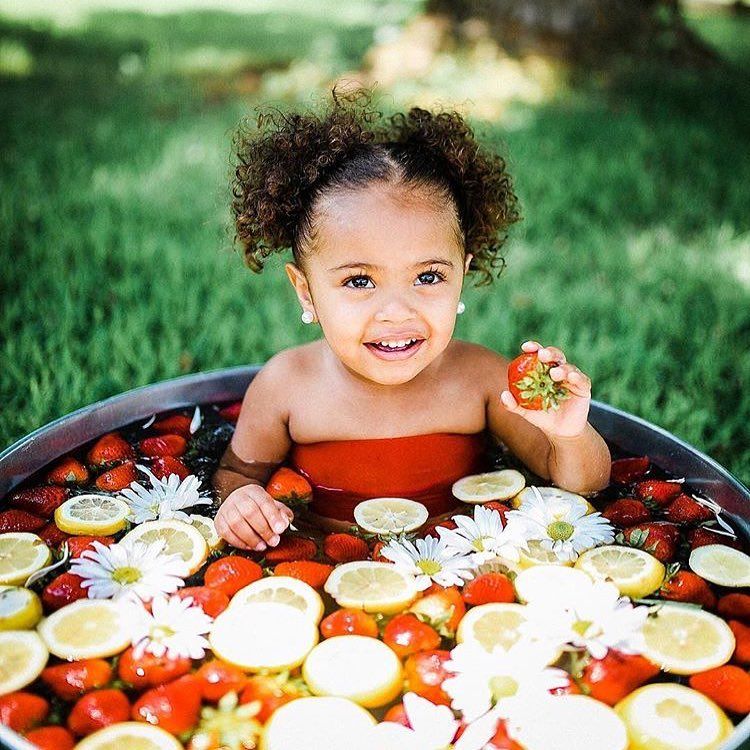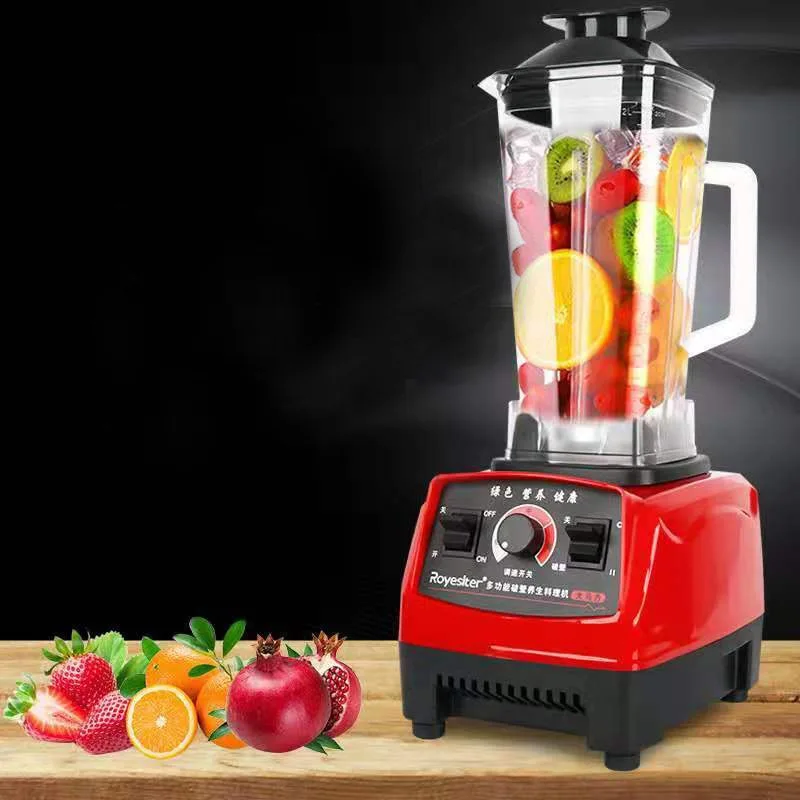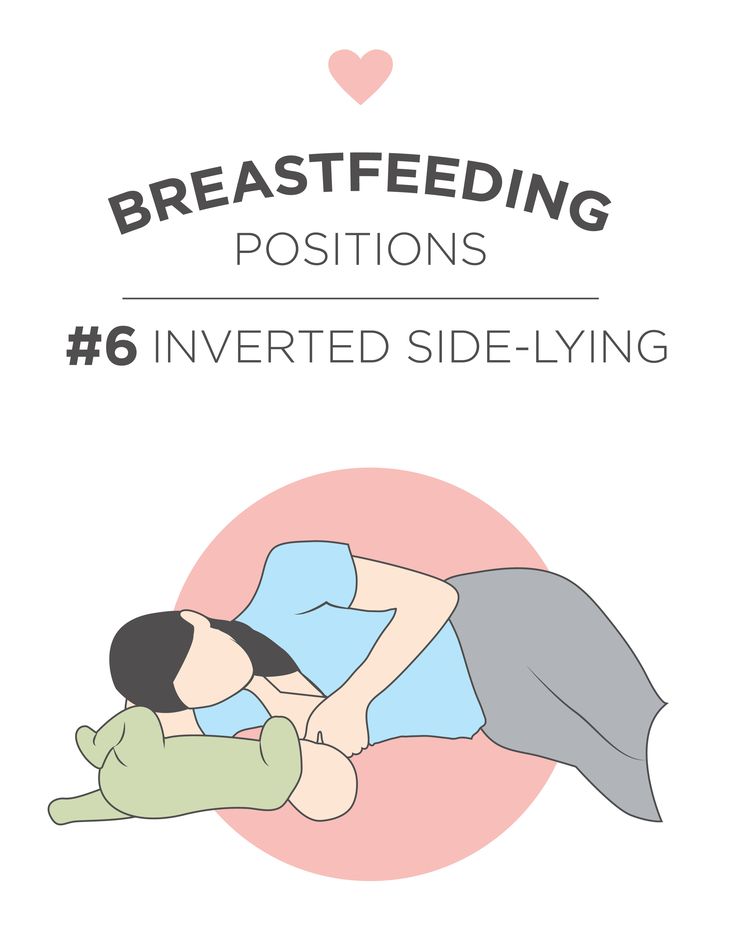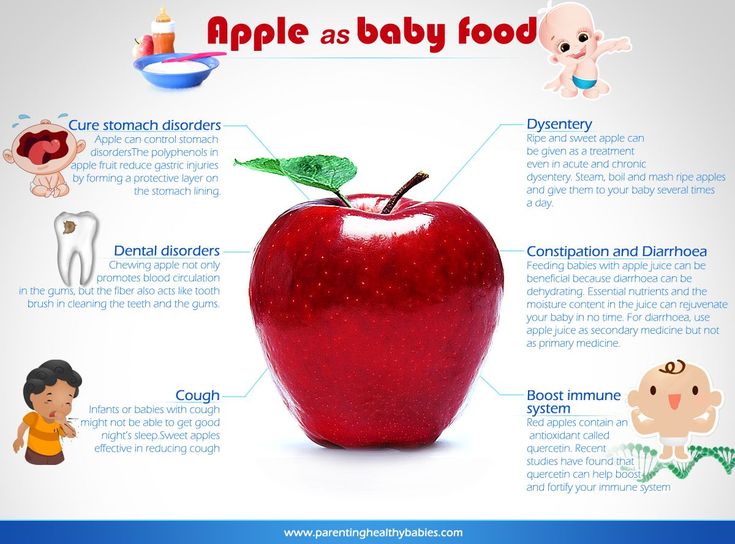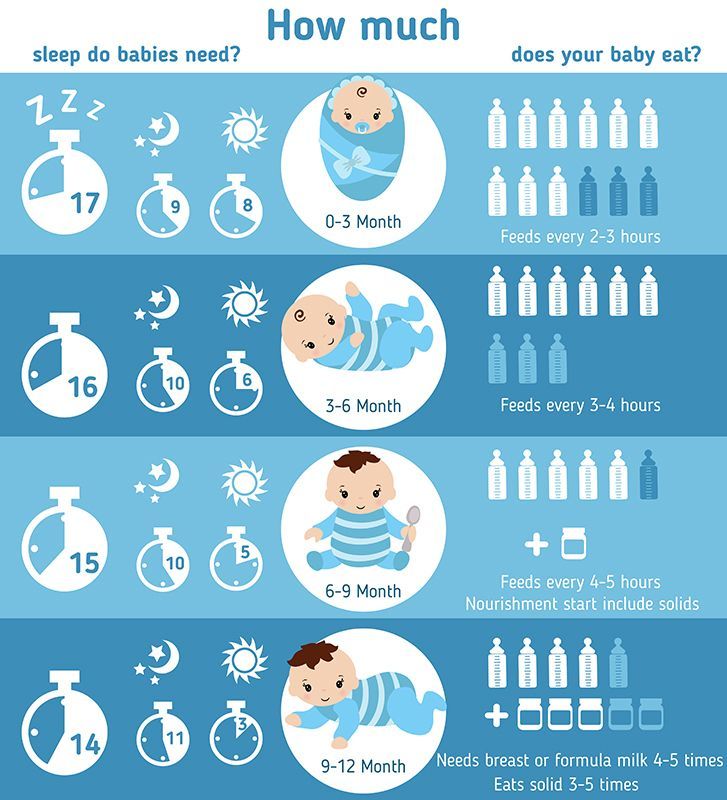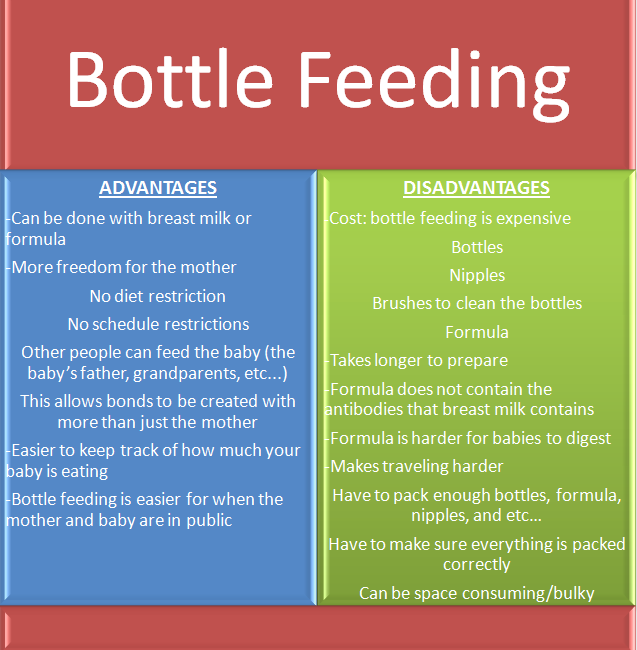Homemade food for babies in india
Indian Baby Food Chart with Recipes
Infancy is a stage of a new born baby from birth till the age of 1. It is divided into 2 stages – 1 to 6 and 7 to 12 months. The first stage (6 months) the new-born is exclusively breast fed and totally dependent on the mother for all his / her nutritional needs. The lactating mum has to eat a well-balanced and nourished diet to meet all the requirement of the baby.
The second stage (7 to 12 months) is the stage of WEANING. It is a period of experiments both for the mother and the baby. Most paediatricians recommend weaning gradually over a period of time with home-cooked foods like Dal and Vegetable Mash made with love by the mother.
Dal and Vegetable Mash ( Baby and Toddler )
When you begin weaning, the questions that uppermost in your mind are What to wean? How much to wean? What nutrients are necessary? etc.
Listed below are the important nutrients essential for infants, along with their functions and food sources that will provide these nutrients.
1. Energy: It is necessary for..
- Healthy growth and development
- Required for our daily activities
The main sources are..
- Cereals such as wheat, rice, bajra, jowar etc.
- Dals and pulses such as moong dal, chana etc.
- Dairy products like milk, curds, paneer etc.
- Fruits, vegetables and their juices.
Moong Dal Khichdi is one of the most easily digestible foods for new born.
Moong Dal Khichdi for Babies
2. Protein: It is necessary for..
- Skeletal as well as muscular growth and development.
- Maintenance and repair of body cells.
The main sources are..
- Dals and pulses such as moong dal, chana dal, matki etc.
- Dairy products such as milk, curds, paneer etc.
- Nuts like almonds, walnuts etc.
Paneer Walnut Puree is a protein rich treat for babies over 8 months.
Walnut Paneer Puree for Babies
3. Carbohydrates: It is necessary..
- To provide heat and energy to the body.
The main sources are..
- Whole grains and its products like wheat, rice, oats, jowar etc.
- Vegetables like potato and yam.
- Fruits like banana, chickoo, avocado, mango etc.
Begin with Banana Puree for Babies and then introduce Jowar Porridge for Babies.
Banana Puree for Babies
4. Fat: It is..
- A concentrated source of energy.
- Carrier of fat-soluble vitamins like vitamin A, D, E and K.
- Needed for healthy development of baby’s brain.
The main sources are..
- Visible fats like ghee and oil.
- Invisible fat, which as the name suggests, is the hidden fat present in all foodstuffs like nuts, oilseeds, cereals, etc.
Use small quantity of ghee to make a healthy one dish meal like Vegetable Khichdi for Babies and Toddlers.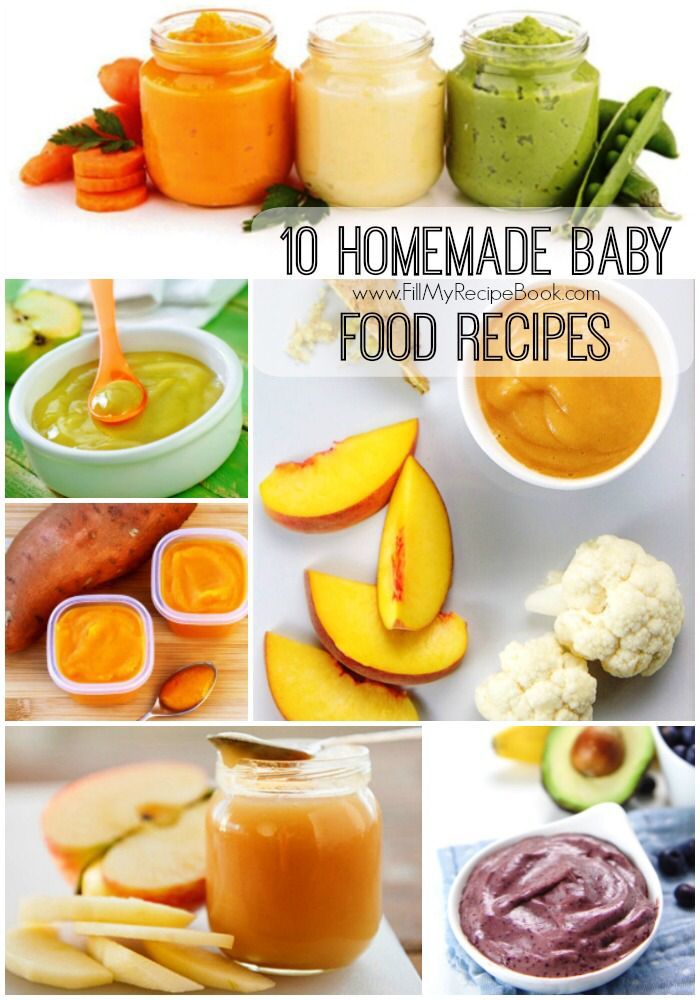
Vegetable Khichdi for Babies and Toddlers
5. Calcium: It is necessary for..
- Formation and strengthening of bones and teeth.
The main sources are..
- Dairy products such as milk, curds, paneer etc.
- Dark green leafy vegetables such as broccoli, spinach, fenugreek etc.
- Sesame seeds (til) and ragi (nachni),
- Dals and pulses like masoor dal, urad dal etc.
- Sprouts.
Ragi Uttapa, a soft food, is sure to tickle your baby’s taste bud.
Ragi Uttapa for Babies and Toddlers
6. Iron: It is necessary for..
- The formation of haemoglobin which supplies oxygen to all the cells in our body.
- Production of red blood cells.
The main sources are..
- Dark green leafy vegetables such as spinach, cow pea leaves, fenugreek etc.
- Nuts such as almonds, walnuts etc.
 and oilseeds such as sesame seeds (til).
and oilseeds such as sesame seeds (til). - Dried dates.
- Whole grain cereals and pulses such as bajra, jowar, cow pea (chawli), moong etc.
- Jaggery (in moderation as recommended by your paediatrician)
Try the Jowar Ragi and Date Porridge for breakfast.
Jowar Ragi and Date Porridge for Babies
7. Vitamin A: It is necessary for..
- Healthy skin.
- Normal process of growth and vision.
- Strengthening of tooth enamel.
- Increasing immunity and provides protection from diseases.
The main sources are..
- Dark green leafy vegetables such as fenugreek, spinach etc.
- Yellow, orange fruits and vegetables like carrots, pumpkin, papaya etc.
- Dairy products such as milk, curds, paneer etc.
In the beginning months, Carrot Juice for Babies is loved by most babies. Try it out.
Carrot Juice for Babies
8.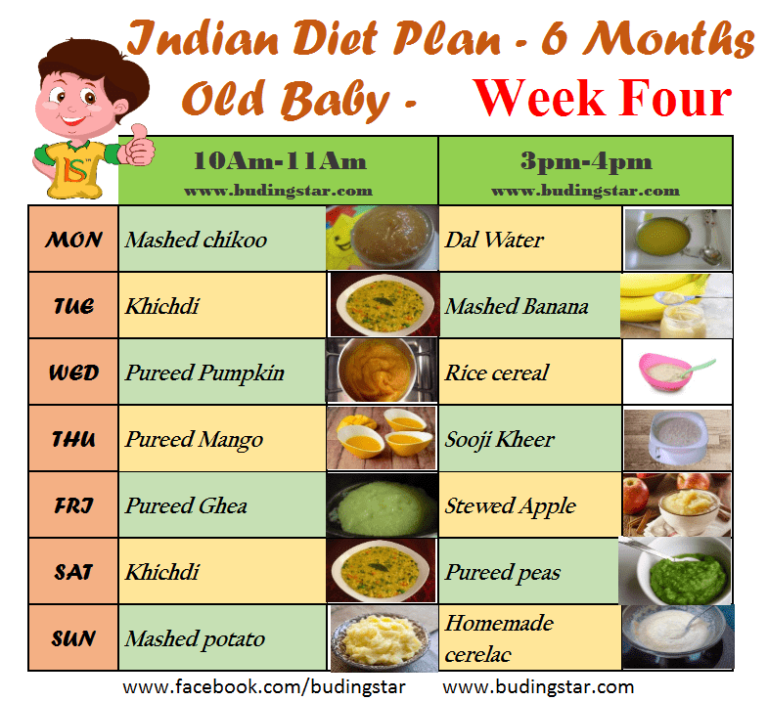 Vitamin B1 (Thiamin): It is necessary for..
Vitamin B1 (Thiamin): It is necessary for..
- Providing energy.
- Improving nerve metabolism.
The main sources are..
- Cereals such as wheat, rice, dalia, jowar, etc.
- Leafy vegetables like fenugreek and spinach.
Combine a few of these ingredients to make Vegetable Dalia Khichdi for Babies and Toddlers.
Vegetable Dalia Khichdi for Babies and Toddlers
9. Vitamin B2 (Riboflavin): It helps in
- Promoting healthy skin.
- Providing energy from protein, carbohydrates and fats.
The main sources are..
Palak Paneer Rice for Babies and Toddlers
- Dairy products such as milk, curds, paneer etc.
- Green leafy vegetables such as cow pea leaves, colocasia, spinach etc.
- Cereals such as wheat, rice, bajra etc.
- Dals and pulses such as moong dal, rajma, etc.
From Rice Mash to Palak Paneer Rice for Babies and Toddlers can be tried as a process of weaning.
Rice Mash for Babies
10. Vitamin B3 (Niacin): It helps in
- Helps in metabolising protein, carbohydrate and fats and supplies energy.
The main sources are..
- Whole cereals such as barley, wheat etc.
- Dals and pulses like chana dal, moong etc.
- Groundnuts.
Try finger food like Roti ladoo after 10 months of age.
Roti Ladoo
11. Vitamin B6 (Pyridoxine): It helps..
- In the breakdown of proteins and fats.
The main sources are..
- Cereals such as wheat, jowar etc.
- Vegetables like broccoli and potato.
Include Potato and Vegetable Soup for Babies and Toddlers in between meals for your little one.
Potato and Vegetable Soup for Babies and Toddlers
12. Folic Acid: It helps in..
- Multiplication and formation of new cells.

- Aids in brain development.
The main sources are..
- Vegetables such as cluster beans, spinach, peas, broccoli, beetroot, tomato, ladies finger, potato (especially with skin on) etc.
- Cereals like bajra, wheat and pulses like rajma, moong etc.
- Nuts like almonds, walnuts etc. and oilseeds such as sesame seeds (til).
Once the baby is used to spinach and masoor dal individually try combining it in the form of Palak Masoor Dal for Babies and Toddlers. You can serve this by the end of 1st year. This is the time when babies learn to eat all that is cooked at home.
Palak Masoor Dal for Babies and Toddlers
13. Vitamin C: It is necessary for…
- Strengthening your baby's immunity and protects him/her from infections.
- Promotes development of teeth, skin, muscles, bones and cartilage.
- Aids in the absorption of iron present in the food.
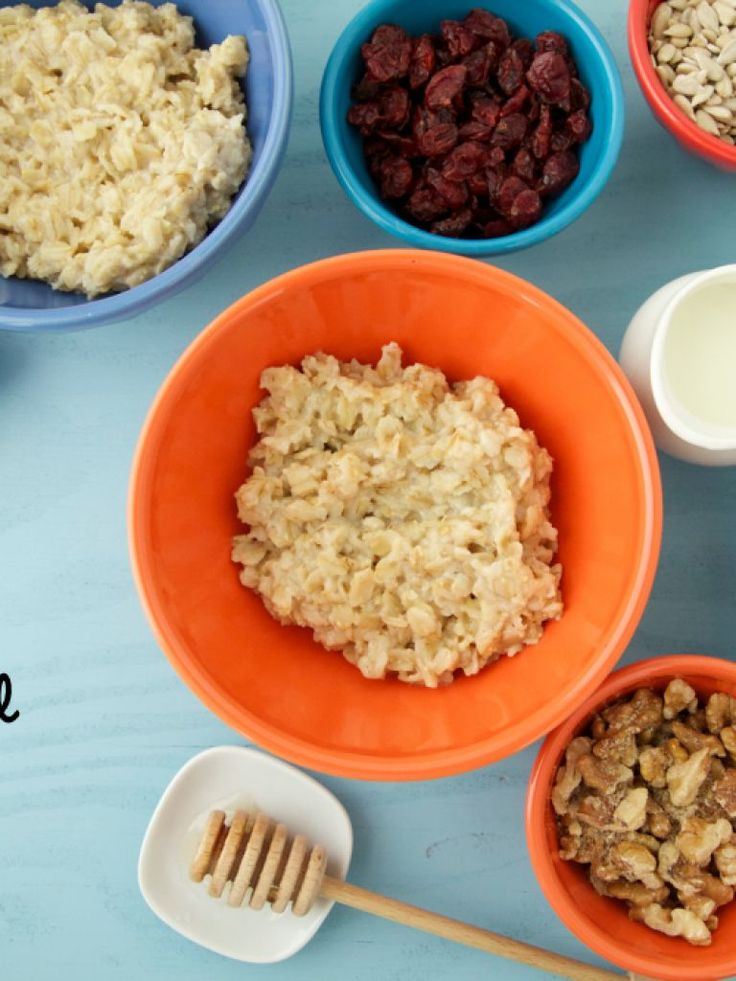
The main sources are..
- Citrus fruits like orange, guava, lemon, sweet lime etc.
- Other fruits like amla
- Vegetables such as broccoli and capsicum, coriander and cabbage.
Begin with a strained Orange Juice and in later months serve unstrained juice. Remember to serve them immediately to get most of the benefit. Do not refrigerate and serve.
How To Make Orange Juice At Home, Orange Juice in Juicer, Mixer, Blender
14. Vitamin D: It helps in..
- The utilization of calcium in the body, which in turn makes the bones healthy.
The main sources are..
- Can be manufactured by our body in the presence of sunlight
- Milk and eggs.
15. Vitamin E: It is necessary for…
- Maintaining healthy cells and skin.
- It helps builds resistance to fight diseases.
The main sources are. .
.
- Vegetable oils like corn oil, safflower oil, etc.
- Cereal grains like wheat, wheat germ, bajra, jowar etc.
- Dark green leafy vegetables like spinach and fenugreek.
Serve Bajra Porridge to your bundle of joy. It satiates them and fulfils the need of many nutrients. It’s a completely healthy meal option.
Bajra Porridge for Babies
| NUTRIENTS | IMPORTANT FUNCTIONS | SOURCES |
|---|---|---|
| Energy | *Healthy growth and development *Required for our daily activities | *Cereals such as wheat, rice, Bajra etc. *Dals and pulses such as moong dal, Rajma etc. *Dairy products like milk, Curds, Paneer etc. *Fruits, vegetables and their juices |
| Protein | *Skeletal as well as muscular growth and development *Maintenance and repair of cells | *Dals and pulses such as moong dal, Chana Dal, chana etc. *Dairy products such as milk, curds, paneer etc.  |
| Carbohydrates | *Extremely necessary to provide heat and energy to the body. | *Whole grains and its products like whole wheat, rice, Jowar etc. *Vegetables like Potato and Yam *Fruits like banana, Chickoo, mango etc. |
| Fat | *Serves as a concentrated source of energy *Carrier of fat-soluble vitamins like vitamin A, D, E and K *Healthy development of brain | *Visible fats and oils like sunflower, corn, peanut, olive etc. *Invisible fat, which as the name suggests, is the hidden fat present in all foodstuffs like nuts, oilseeds, cereals, etc. |
| Calcium | *Formation and strengthening of bones and teeth | *Dairy products such as milk, curds, paneer etc. *Dark green leafy vegetables such as Broccoli, Spinach, Fenugreek etc. *sesame seeds (til) and Ragi (Nachni) *Dals and pulses like Masoor Dal, urad dal etc. *Sprouts |
| Iron | *Essential for the formation of haemoglobin which supplies oxygen to all the cells in our body *Production of red blood cells | *Dark green leafy vegetables such as spinach, cow pea leaves, fenugreek etc. *Nuts such as Almonds, Walnuts etc. and oilseeds such as Sesame Seeds(til) and garden cress seeds (aliv / halim) *Dried fruits like raisins, dates etc. *Whole grain cereals and pulses such as bajra, cow pea ( Chawli), dry peas, etc. *Jaggery (in moderation as recommended by your paediatrician) |
| Zinc | *Overall growth and development *Promotes brain development | *Whole grains like bajra, ragi (nachni), wheat etc. *Pulses like whole Bengal gram, cow pea (chawli) |
| Vitamin A | *Required for healthy skin *Normal process of growth and vision *Strengthening of tooth enamel *Increases immunity and provides protection from diseases | *Dark green leafy vegetables such as fenugreek, spinach etc. *Yellow, orange fruits and vegetables like Carrots, Pumpkin, tomatoes, papaya etc. *Dairy products such as milk, curds, paneer etc. |
| Vitamin B1 (Thiamin) | *Helps in providing energy *Improves nerve metabolism | *Cereals such as wheat, rice, jowar, etc.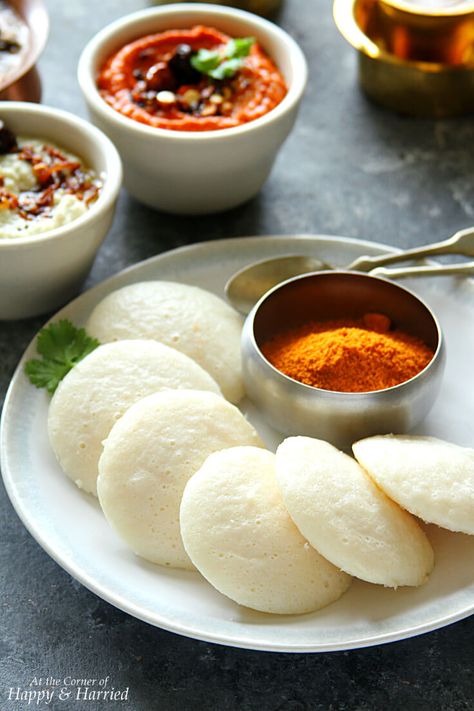 *Leafy vegetables like fenugreek and spinach |
| Vitamin B2 (Riboflavin) | *Promotes healthy skin *Helps in providing energy from protein, carbohydrates and fats | *Dairy products such as milk, curds, paneer etc. *Green leafy vegetables such as cow pea leaves, colocasia, spinach etc. *Cereals such as wheat, rice, bajra etc. *Dals and pulses such as moong dal, rajma, etc. |
| Vitamin B3 (Niacin) | *Helps in metabolising protein, carbohydrate and fats and supplies energy | *Whole cereals such as barley, wheat etc. Dals and pulses like chana dal, moong etc. *Groundnuts |
| Vitamin B6 (Pyridoxine) | *Helps in the breakdown of proteins and fats | *Cereals such as wheat, jowar etc. *Vegetables like broccoli and potato |
| Folic Acid | *Multiplication and formation of new cells formation of new cells | *Vegetables such as cluster beans, spinach, peas, broccoli, beetroot, tomato, ladies finger, potato (especially with skin on) etc. *Cereals like bajra, wheat and pulses like rajma, moong etc. *Nuts like almonds, walnuts etc. and oilseeds such as sesame seeds (til). |
| Vitamin C (Ascorbic acid) | *Strengthens your baby's immunity and protects her from infections *Promotes development of teeth, skin, muscles, bones and cartilage *Aids in the absorption of iron present in the food | *Citrus fruits like orange, guava, lemon, sweet lime etc. *Other fruits like amla *Vegetables such as broccoli, capsicum, coriander and cabbage |
| Vitamin D | *Aids in the utilization of calcium in the body, which in turn makes the bones healthy. | *Can be manufactured by our body in the presence of sunlight *Milk and eggs |
| Vitamin E | *Essential for maintaining healthy cells and skin | *Vegetable oils like corn oil, safflower oil, etc. *Cereal grains like wheat, wheat germ, bajra, jowar etc. *Dark green leafy vegetables like spinach and fenugreek |
Other related articles on this :
Daily Food Guide for Toddlers
Recommended Daily Allowance for Infants and Toddlers
Guide to Weaning
Best food for feeding Mothers to get more milk
When and how much to feed your Baby
Components of Breast Milk
Recipes for Baby (10 to 12 Months)
We would love to hear from you if you liked the article. Please post your comments. Thanks!
Please post your comments. Thanks!
indian baby food chart with recipes
Baby food recipes - 6 to 18 months
By Swasthi on August 26, 2022, Comments, Jump to Recipe
Baby food recipes – A collection of homemade Indian baby food recipes for 6 10 18 months babies. If you are a new mum, you can check this Baby food chart for 6 months baby. If you have a baby older than 7 months then you can check this Indian baby food chart for 8 months & above. You can also take a look at the best foods to gain weight in babies & toddlers. This post contains a list of all Indian baby food recipes available on this blog.
I have also included a few sample baby food recipes in the recipe card. All the recipes are tried and tested and have been served for both my babies.
If your pediatrician has suggested you to start, then You can start with a single fruit, single veggie and then single grain. For more details please check this post on How to introduce solids to baby.
For more details please check this post on How to introduce solids to baby.
I highly recommend reading every line of the baby food posts on this blog as they can guide you extensively.
Baby food recipes – babies above 6 months
How to make baby rice cereal
Apple rice
Ragi porridge for babies
Apple Wheat porridge
Apple ragi (try ragi and apple separately first, then try together)
Khichdi for babies
Methi khichdi
Moong dal soup
Carrot almond baby food
Potato rice
Barley baby cereal
Sago carrot kheer for babies
Sabudana kheer for babies
Wheat cereal for babies
Soft idli recipe
Milk oats porridge
How to make ragi flour for babies
Oats porridge with vegetables (blend till smooth)
Sweet potato rice
Apple oats
Babies above 8 months
Sprouts soup
Urad dal khichdi
Raw banana rice
Ven pongal. please mash the rice well and remove the pepper corns. You can also puree it.
Curd rice. Puree if desired, skip tempering.
Curd oats
Moong dal halwa
Ragi idli
Baby food recipes for babies above 11 months
These need to be pureed before serving
Dalia khichdi
Oats vegetable khichdi
Sweet corn soup
Barley soup with vegetables
Chickpeas toddler food
Chickpeas soup (for babies above 15 months)
Badam milk. pls consult your doctor and use buffalo or goat milk, avoid cow’s milk.
Set dosa
Banana milkshake
Lassi (avoid salt and sugar)
Neer dosa
Kambu dosa
Sample Indian baby food recipes
Prep Time10 minutes
Cook Time20 minutes
Total Time30 minutes
Servings2
AuthorSwasthi
Ingredients for 6 months baby food recipes 1 – Any one of the following (refer notes)
- ▢ ½ banana
- ▢ 1 sapota
- ▢ ½ papaya
- ▢ 2 tbsp cooked rice
Ingredients for 7 to 8 months baby food recipes 2 (refer notes)
- ▢ 2 tbsp rice or 2 tbsps ragi or wheat flour
- ▢ 200 ml water
- ▢ 1 small apple or banana
- ▢ 1/8 tsp ghee homemade (refer notes)
Ingredients for 8 months baby food recipes 3
- ▢ 1½ tbsp rice aged rice
- ▢ 1½ tbsp dal (toor or moong dal)
- ▢ 1½ tbsp carrots chopped
- ▢ 200 ml water
- ▢ 1/8 tsp ghee homemade
Ingredients for 8 months baby food recipes 4
- ▢ 2 tbsp rice
- ▢ 1 baby potato or 2 tbsp chopped
- ▢ 1 pinch carom seeds powder (ajwain powder)
- ▢ ¼ tsp ghee homemade
Making 6 months baby food recipes
- ▢
Make sure you follow the 3 day test rule for every food you introduce.
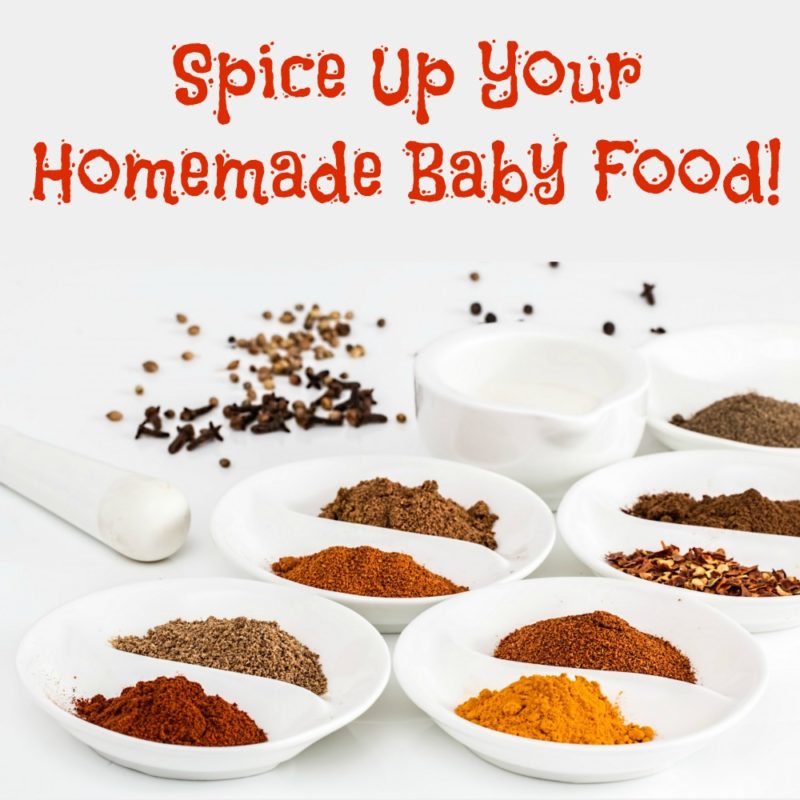 Wait for the results until 4th day.
Wait for the results until 4th day. - ▢
To make the baby food, Mash any one of the fruits – banana, papaya, sapota very well until smooth.
- ▢
If desired add it to a blender and puree until smooth. To thin down add a few spoons of boiled and cooled water. Fruit puree is ready.
- ▢
If using cooked rice, then puree together rice and any of the fruit – (banana, papaya, sapota or steamed apple) along with some boiled and cooled water. Fruit flavored rice is ready.
- ▢
You can also feed only steamed apple. Peel and chop the apples. Bring half cup water to a boil and add the apples to it.
- ▢
Cook until the apples are slightly tender just for a minute or 2. Cool and puree with rice or just the steamed apple. Apple puree is ready.
Making 7 months baby food recipes
- ▢
Wash rice and soak in water for at least 30 mins.
- ▢
Pressure cook on a medium flame for 2 to 3 whistles.
 You can also cook in a pot until soft.
You can also cook in a pot until soft. - ▢
Apple flavored rice cereal : When the pressure goes down, open the lid and add grated apple. Cover and cook for 2 to 3 mins. Cool and make a smooth puree. If needed add some boiled and cooled water. Add few drops of hot ghee. Apple flavored rice is ready.
- ▢
Banana rice cereal : Cool the rice completely. Add banana and rice to a blender and make a fine puree. Pour few tbsps boiled and cooled water if desired.
Making 8 months baby food recipes
- ▢
Wash rice and dal in a cooker or pot a few times until the water runs clear. Add grated carrots and pour water.
- ▢
Pressure cook for 2 to 3 whistles on a medium heat. If cooking in a pot add more water as needed.
- ▢
When the pressure goes down, using a masher mash the food to smooth. This is the stage you must be teaching you baby to eat mashed foods. Reduce feeding pureed foods. Add ghee to hot food and serve warm.
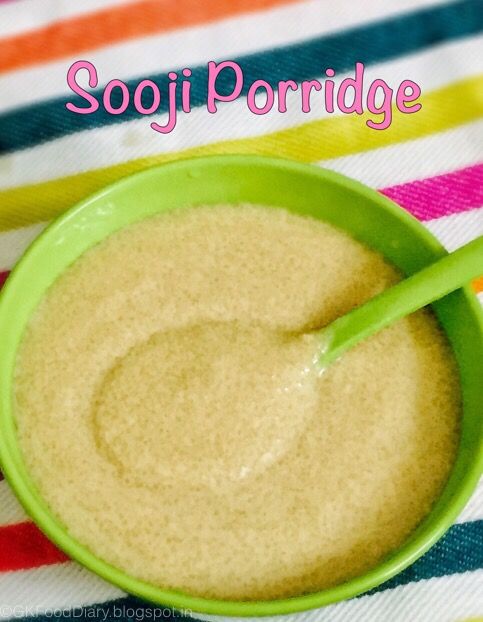 Rice dal baby food is ready.
Rice dal baby food is ready.
Making 8 months baby food recipes
- ▢
Soak rice until water runs clear. Soak for 30 mins and cook along with potato until soft for 3 whistles. Mash the rice well and add ghee. Feed warm. To prevent colic you can add a pinch of ajwain powder. Potato rice is ready.
The nutrition values are only for the banana flavored rice. These are approximations only.
Please follow 3 day wait rule for every food you introduce.
Alternative quantities provided in the recipe card are for 1x only, original recipe.
For best results follow my detailed step-by-step photo instructions and tips above the recipe card.
Nutrition Facts
Baby food recipes
Amount Per Serving
Calories 45
% Daily Value*
Potassium 105mg3%
Carbohydrates 10g3%
Sugar 3g3%
Vitamin C 2. 6mg3%
6mg3%
* Percent Daily Values are based on a 2000 calorie diet.
Tried this recipe?Mention @SwasthisRecipes or tag #swasthisrecipes!
© Swasthi’s Recipes
step by step
About Swasthi
I’m Swasthi Shreekanth, the recipe developer, food photographer & food writer behind Swasthi’s Recipes. My aim is to help you cook great Indian food with my time-tested recipes. After 2 decades of experience in practical Indian cooking I started this blog to help people cook better & more often at home. Whether you are a novice or an experienced cook I am sure Swasthi’s Recipes will assist you to enhance your cooking skills.
Follow Swasthi’s Recipes
Sign up to receive awesome Swasthi’s Recipes in your inbox *
Popular Recipes
Featured Recipes
7 recipes of Indian cuisine / Traditional dishes for every taste - an article from the "How to cook" section on Food.
 ru
ru India: food and tradition
The main gastronomic feature of this country is that most of its inhabitants prefer plant foods. The main part of the population professes Hinduism, where the cow is a sacred animal. Therefore, beef should not be eaten - prison terms may be threatened for this.
Also, a significant part of the inhabitants are Muslims, so pork here is also rarely eaten in food. If we talk about meat, Indians prefer chicken dishes in a variety of sauces, sometimes lamb, and beans, cereals and vegetables form the basis of the diet. Dairy products, and especially dahi yogurt, are considered sacred. nine0005
Indians prepare their own paneer, a special homemade cheese that is added to soups and vegetable dishes. Dairy and sour-milk products, thanks to the complex protein casein, provide long-term satiety and mitigate the aggressive effects of spicy foods on the body.
Interesting fact
According to the canons of Ayurveda, traditional Indian medicine, while cooking, it is important to remember that the dish should contain combinations of sweet and sour, spicy and salty. Also, another taste is added to the taste palette - astringent. nine0005
Also, another taste is added to the taste palette - astringent. nine0005
Traditional Indian cuisine is rated by nutritionists as one of the healthiest due to its spices and their beneficial effects on the body. However, tourists should be careful with too spicy and spicy food - the digestive system can fail. It is better to try meat dishes, only after making sure that the product is fresh - in a hot climate, the meat quickly deteriorates.
Spices and seasonings
In Indian cuisine, spices, spices and seasonings are of great importance, and not necessarily spicy. The most famous of them is curry, which gives not only a recognizable taste to chicken or rice dishes, but also a very cheerful bright yellow color. nine0005
Curry is a mixture of various spices. Here are the main spices that are included in its composition:
-
Cumin;
-
Coriander;
-
Turmeric;
-
Black pepper;
-
Ginger;
-
Chili pepper.

Curry composition may vary. Some spices may be missing, but turmeric in this mixture must be present without fail. Usually, curry is prepared as a sauce or stew. But at the same time there is also a national dish with the same name. It consists of vegetables, legumes or meat, as well as a scattering of a variety of spices. nine0005
Interesting fact
In some regions, this dish is served with curry tree leaves, which are also eaten at the end of the meal.
Bread and pastries
The culture of consumption of bakery products in India is different from the European one. Here, the usual yeast bread is replaced by various cakes in the form of thin pita bread, which are baked in a pan or pies. Cakes are made from wholemeal flour with the addition of your favorite spices. They are baked in the form of a large hollow pocket, which is stuffed with vegetable stew or beans. Or simply make them in the form of a crispy round pancake, which is dipped in sauces.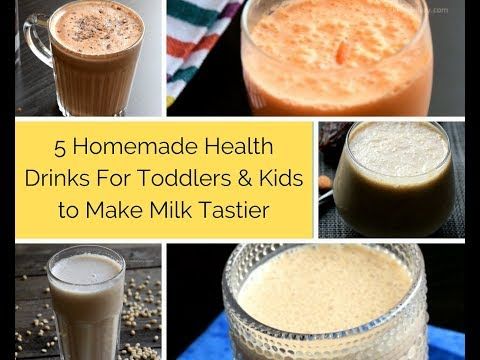 nine0005
nine0005
For the holidays Indians fry samosas - these are small triangular patties with various fillings. By the way, the right pie should be without bubbles on the dough.
Sweets and drinks
Indian desserts are made from chickpeas, fruits, nuts, coconut, milk and butter. At the same time, honey is rarely added as a sweetener: it is believed that when heated, it loses its beneficial properties and harms the body.
Traditional treats:
-
Laddu. Prepared from nuts, spices, coconut and chickpea flour. Small balls are made from the mixture, which are fried in ghee;
-
Burfi. Made from butter and milk, it resembles fudge;
-
Gulab Jamun. Dessert made from semolina and milk, but not ordinary, but dry. The delicacy is fried in oil to a crust;
-
Khir. Rice pudding boiled in cream or very fat milk with the addition of candied fruit or citrus peel, nuts and cinnamon, cloves and cardamom; nine0005
It may seem that Indian desserts are reminiscent of familiar oriental sweets. And this is no coincidence, since Indian cuisine, the recipes of which were formed under the influence of two religions, Islam and Hinduism, absorbed the culinary traditions of these cultures. Therefore, in some dishes their oriental prototypes are guessed.
Sweets in India are of high nutritional value. Not a single holiday passes without them - it is a symbol of well-being and prosperity. Going on a visit, Indians always take a bag of sweets with them, as tradition and etiquette require this. Dessert recipes are relatively simple and many of them can be prepared at home. nine0005
Drinks are often spoken at home. The most popular are those made on the basis of milk or yogurt. This is a refreshing lassi cocktail that can be similar to salted Turkish ayran or drinking sweet yogurt with fruit. But still, strong black masala tea is beyond competition in India, which is brewed with various fragrant spices and served with milk, which balances the taste of the drink.
Cooking real Indian food at home
You can plan a gastronomic trip to this incredibly interesting country without buying tickets. To try this cuisine, here are 7 step-by-step recipes for colorful and delicious dishes that will help you get an idea of Indian traditional food
To try this cuisine, here are 7 step-by-step recipes for colorful and delicious dishes that will help you get an idea of Indian traditional food
1. Creamy Spicy Chicken
A mix of spices and vegetable sauce gives the chicken an unusual flavor, while the creamy sauce softens the spiciness. For a complete immersion in the world of Indian cuisine, serve the dish with long-grain basmati rice, which is so loved by the people of this country. Despite the large number of ingredients, spicy chicken will be ready in just half an hour.
Tip
Substitute coconut cream in the recipe for a healthier and less calorie dish.
2. Fire soup
This Indian lentil stew also contains vegetables seasoned with several spices. Thanks to mustard, a mixture of peppers (including chili), garlic and onions, Rasam soup turns out to be spicy and warming, but at the same time low in calories due to the absence of meat and animal fats. The soup is ready in just over an hour.
3. Coconut Chowder
Great for those who don't eat animal proteins. It contains only vegetables and legumes, so coconut curry is hearty, but at the same time light. Canned chickpeas in the recipe will speed up the cooking process. The density of the sauce can be varied by decreasing or increasing the amount of coconut milk. nine0005
4. Side dish or main dish
Regular rice will take on a new flavor when cooked the Indian way. The key to success is thoroughly rinsing the rice to clear water, as well as a good curry mixture. If there are vegetarians in the company or you want to make the dish even healthier, then replace the butter with coconut oil.
Advice
Use basmati rice for cooking, as it remains crumbly when cooked
5. Sweet and sour spicy sauce
In addition to curry, there are many other popular sauces in Indian cuisine, one of these is mango spicy sauce. It can be served with rice, flatbread, fried tofu or salad. A very important condition for preparing this dish is to find a really ripe sweet mango with juicy pulp. The sauce is prepared in just 20 minutes. The whole secret is in the combination of spicy, sweet and spicy. Indians also add lemongrass to the sauce, but you can get by with lime zest. nine0005
6. Indian dessert
Even in desserts, Indian cuisine remains true to its traditions: healthy chickpea and dried fruit sweets do not contain animal proteins. But they carry a lot of benefits and contain vitamins and minerals. Moreover, sweets are well absorbed by the body, even despite the high calorie content. They are prepared quickly and simply even in the home kitchen, since all the ingredients are made through a blender. Then balls are made from the resulting mass. The final step is to roll the candies in the cocoa and cinnamon mixture. nine0005
7. Mango Shake
Lassi is a healthy smoothie-like cocktail that quenches thirst in the heat and saturates the body at the same time. The drink can be made in just a few minutes, the main thing is to prepare the necessary ingredients in advance: yogurt, cream, herbs and ripe mango.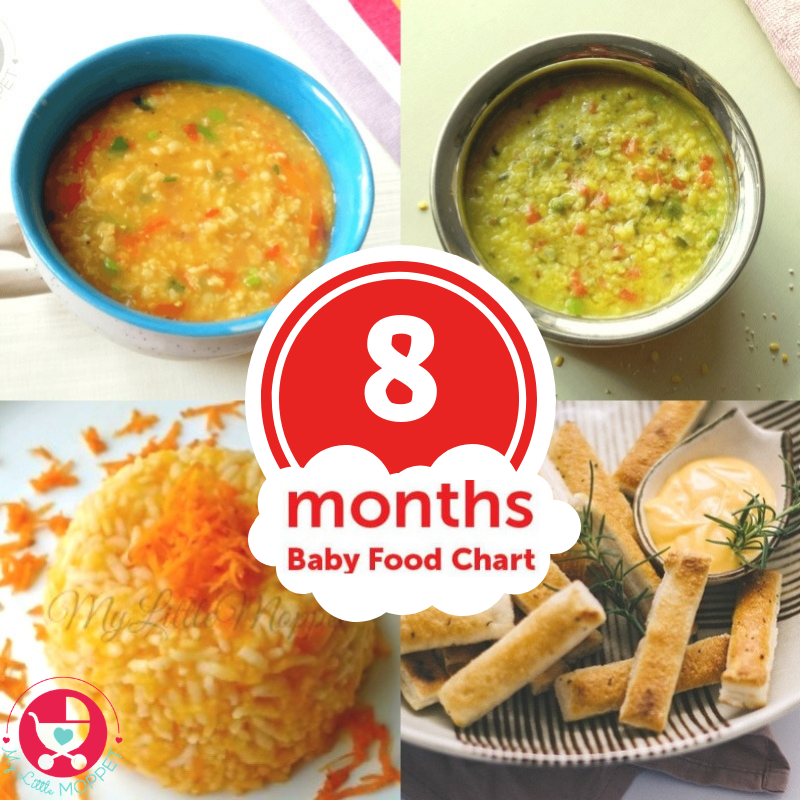
Advice
Smoothies will become even healthier if you replace sugar with honey.
What can be done?
Prepare a colorful dish from a minimum set of ingredients and immerse yourself in the world of vibrant flavors of national Indian cuisine. Start with simple dishes, like sauces or desserts, and gradually move on to the main Indian dishes. Adjust the spiciness and the amount of seasoning according to your taste. nine0005
Find your favorite Indian dish among our recipes:
-
How to make thali the right way. What to serve and what time to eat the national Indian dish
-
Indian rice with pine nuts and raisins
-
Curry pork chops
"What to eat" on Food.ru
1. Pilaf in Indian style
The closest analogue of biryani is pilaf. In fact, the dishes are very similar. Biryani is made from basmati rice with meat, some recipes use fish, seafood or vegetables. An important difference from pilaf is the spicy and spicy taste resulting from the addition of fragrant masala spices, which many Indian national dishes are famous for.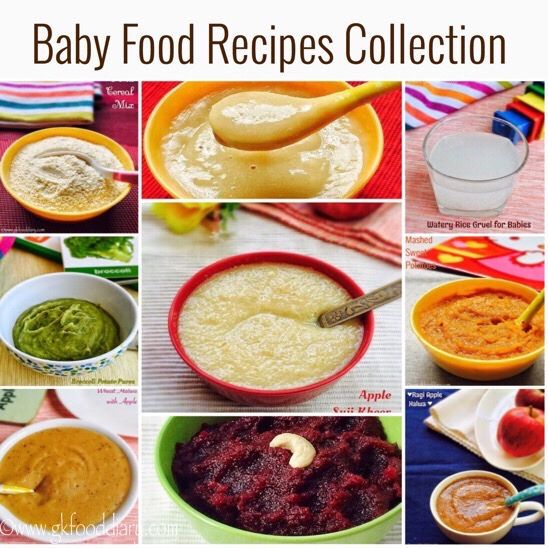 nine0005
nine0005
Biryani means fried in Farsi, reflecting the style of its preparation. The dish has Iranian roots, it was brought to South Asia by travelers and merchants. Then, through South Asian migrants, the biryani spread to the West. Each region has its own version. We offer a traditional meat recipe.
2. Spicy puree soup
National dal soup puree is the central dish of the Ayurvedic cuisine of India. Made with beans, coconut milk, vegetables and spices, it is suitable for vegetarians. The soup itself resembles a thick stew that can also be served as a stew. nine0005
Due to its composition, Indian dal is rich in nutrients, especially protein, fiber and B vitamins. It is believed that its medicinal properties help to normalize metabolism, increase immunity and slow down aging. Soup is also used to tune in to meditation and strengthen mental abilities.
3. Chicken tikka masala
Chicken pieces marinated in a spicy marinade with a mixture of masala spices is one of the bright pearls of Indian and British gastronomy. All thanks to the colonial past and the complex relationship between India and the UK. Until now, they argue where chicken tikka masala was cooked for the first time - at home or in the first Indian restaurant in London. According to some reports, its popularity overtakes even the traditional British fish and chips. nine0005
There are many options for preparing the dish. Chicken masala can be served with rice, on skewers like a kebab, or in its original form - chicken pieces floating in a gently spicy creamy sauce and garnished with cilantro leaves.
Prepare the dish according to our step by step recipe with photo:
4. Refreshing milkshake
The hot Indian climate is unbearable without soft drinks. A particularly popular option to refresh and regain strength is the lassi. In the traditional version, a mixture of dahi yogurt, water, salt and spices is added, which is whipped until smooth. The sweet version of the drink is usually made from various fruits, honey or sugar.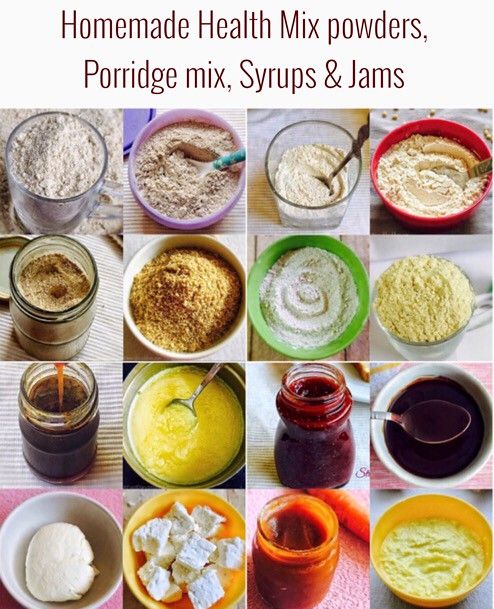 It turns out a delicate creamy taste that resembles a milkshake. nine0005
It turns out a delicate creamy taste that resembles a milkshake. nine0005
Lassi is also useful. It normalizes the work of the gastrointestinal tract and helps with arthritis, and for men it is considered a powerful aphrodisiac. We share our mango recipe.
5. Indian Cheese with Spinach
Many people are repelled by the sharp flavors of Indian cuisine, so we offer a moderate option in the form of palak paneer.
Palak means spinach in Hindi and paneer is a salty Indian cheese. As the name suggests, this classic dish is made with fresh spinach, onions, spices, paneer and herbs. Paneer is homemade with milk and lemon juice. It tastes like Adyghe cheese, and for a vegan option, you can use tofu. nine0005
Spinach leaves are blanched and then mashed. Add spices, onions and tomatoes to a thick curry-like consistency. Then paneer is cooked in this sauce.
Palak paneer is served with flatbread or as an appetizer with vegetables and rice dishes.
6.
 Unleavened dough patties
Unleavened dough patties If the name "samosa" suspiciously reminds of samsa, then you are basically right. Samosas are traditional Indian triangular patties filled with meat, fruit or vegetables. They appeared in the Middle East and were brought to India during the reign of the Delhi Sultanate. nine0005
Samosas are made from unleavened dough, which is then deep fried or baked in the oven. The result is hearty and crunchy snacks that are ideal as a snack or a full snack.
7. Crispy biscuits
Jalebi, a traditional Indian dish in the form of spirals, is perfect as a dessert. These are tender and crunchy biscuits, which resemble the cooking style of chak-chak or brushwood loved since childhood. It is prepared from semolina, yogurt and spices. nine0005
Jalebi dough is deep-fried with ghee and drizzled with sweet syrup to give the treat a bright orange hue. This sweet can be served hot or cold.
8. Potato balls with cheese
Deep fried potato meatballs with paneer, cream sauce with herbs, spices and nuts will become an unforgettable dish on your table.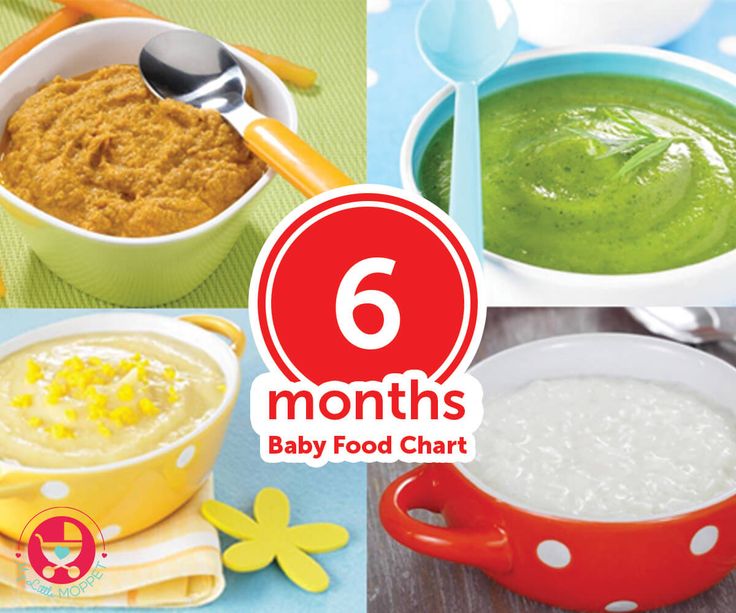 Fragrant, with a slight spiciness and hints of sweetness, the Malay Kofta dish is rightfully considered one of the most popular in the country. “Kofta” means “fried balls” in Hindi, and “malai” means cream sauce. nine0005
Fragrant, with a slight spiciness and hints of sweetness, the Malay Kofta dish is rightfully considered one of the most popular in the country. “Kofta” means “fried balls” in Hindi, and “malai” means cream sauce. nine0005
Like many Indian dishes, potato balls are served with traditional naan or roti, and flavored rice, especially jasmine.
9. Flatbread
Flatbread is firmly woven into the Indian cultural code. This is a versatile addition to any dish or sauce. Cakes are prepared on yeast or unleavened dough, round or elongated. Deep-fried, pan-fried or tandoor.
Roti or naan is one of the easiest and most popular flatbreads to make. The dough only needs water and flour. Traditional roti is fried in a flat pan without oil. It turns out unleavened bread, reminiscent of pita bread. It can be used as a spoon - to pick up salads, sauces, vegetable stew with it. nine0005
What can be done?
Start by making sweets. If you are not a fan of spicy food, but want to try exotic tastes, Indian delicacies will be a reasonable compromise and will delight your loved ones.

